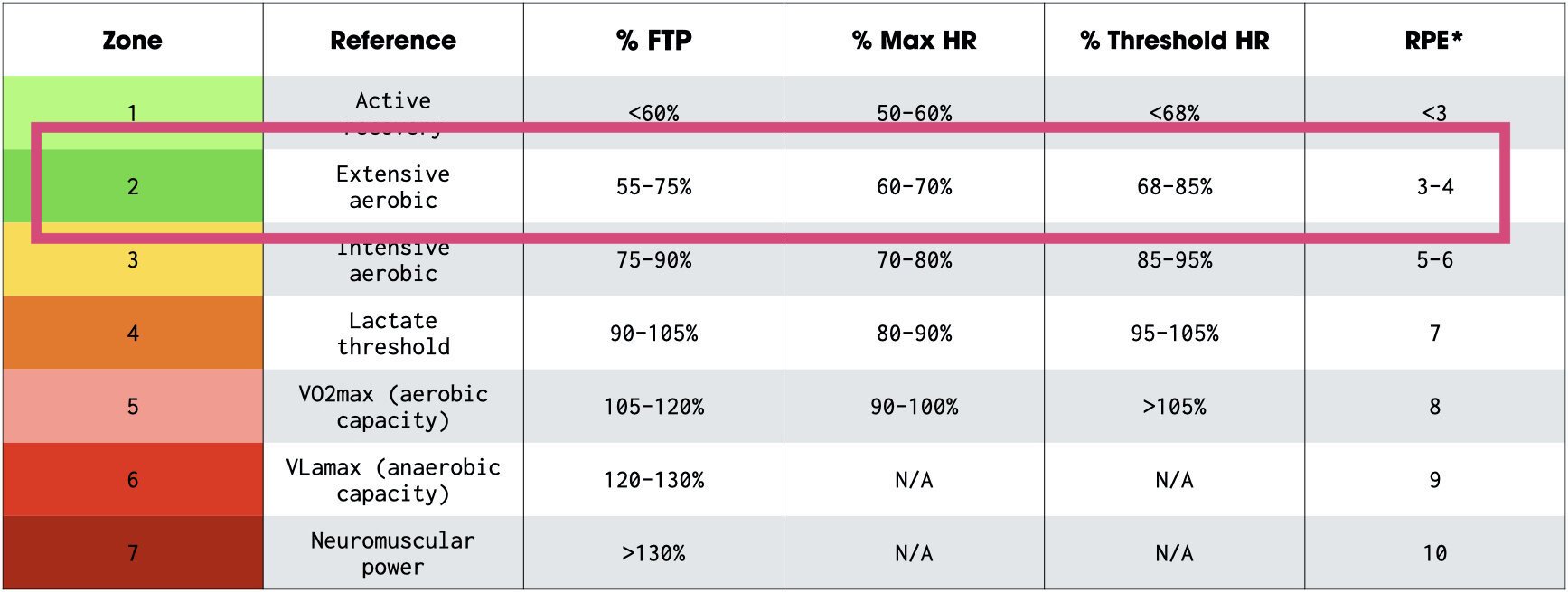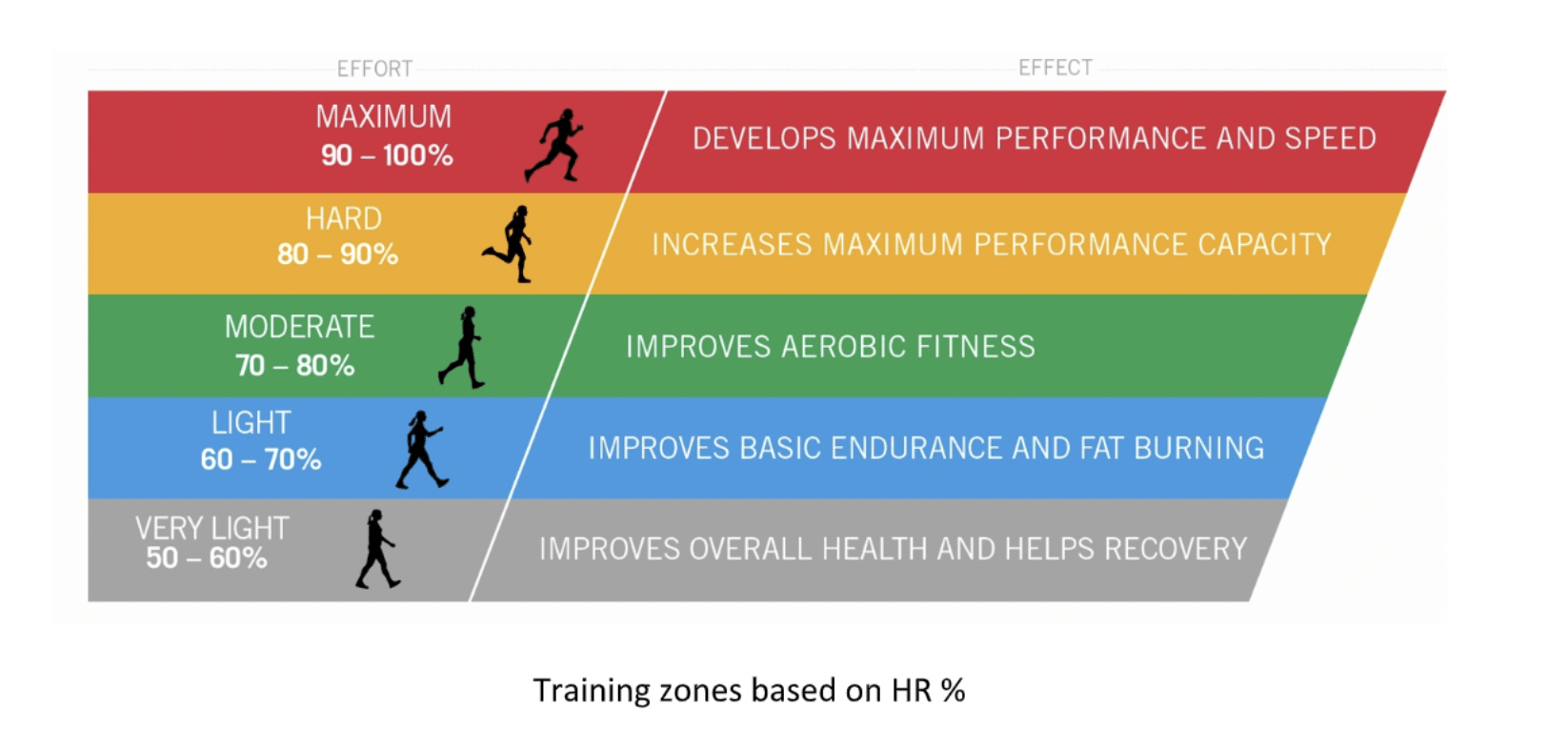Welcome to a beginner's guide to understanding Zone 2 cardio training. If you've ever wondered what Zone 2 cardio is and how it can benefit your fitness journey, you're in the right place. Zone 2 cardio training involves working out at a moderate intensity that allows you to maintain a conversation while exercising. By focusing on this specific heart rate zone, you can improve your endurance, build a strong aerobic base, and enhance your overall cardiovascular health. Stay tuned to learn more about the ins and outs of Zone 2 cardio training and how it can help you reach your fitness goals. What is Zone 2 Cardio Training?
So, you may have heard about Zone 2 cardio training, but what exactly does it mean? Essentially, Zone 2 refers to a specific heart rate range during exercise that is optimal for increasing cardiovascular endurance and improving aerobic capacity. In this article, we will delve into the details of Zone 2 cardio training and how you can implement it into your fitness routine to achieve your goals.

Understanding Heart Rate Zones
Before diving into the specifics of Zone 2 cardio training, let's first understand the concept of heart rate zones. Your heart rate is a reflection of how hard your body is working during exercise. Different heart rate zones correspond to different levels of intensity, each serving a specific purpose in achieving fitness goals.
Zone 1: Active Recovery
Zone 1 is the lowest intensity heart rate zone, typically ranging from 50-60% of your maximum heart rate. This zone is used for active recovery and gentle exercise, making it ideal for beginners, older adults, or individuals looking to recover from intense workouts.
Zone 2: Aerobic Endurance
Zone 2 is the sweet spot for aerobic endurance training. This zone typically ranges from 60-70% of your maximum heart rate. Training in Zone 2 improves your cardiovascular endurance, builds a strong aerobic base, and enhances fat metabolism.
Zone 3: Aerobic Threshold
Zone 3 is a moderate intensity heart rate zone, usually ranging from 70-80% of your maximum heart rate. Training in this zone helps improve your aerobic threshold, making it easier for your body to sustain higher intensities for longer periods of time.
Zone 4: Lactate Threshold
Zone 4 is a high intensity heart rate zone, ranging from 80-90% of your maximum heart rate. Training in this zone helps increase your lactate threshold, allowing your body to tolerate higher levels of lactic acid buildup and maintain performance during intense efforts.
Zone 5: Anaerobic Capacity
Zone 5 is the highest intensity heart rate zone, typically above 90% of your maximum heart rate. Training in Zone 5 targets your anaerobic capacity, improving your ability to generate power and speed in short bursts of intense activity.
Benefits of Zone 2 Cardio Training
Now that we have a better understanding of heart rate zones, let's focus on the specific benefits of Zone 2 cardio training. Training in Zone 2 offers a variety of advantages that can help improve your overall fitness and performance.
Training in Zone 2 helps improve your cardiovascular endurance, allowing you to exercise for longer periods of time without feeling fatigued. By working in this heart rate zone, you will build a strong aerobic base, enhancing your body's ability to supply oxygen to your muscles during prolonged exercise.
Zone 2 cardio training also helps improve your fat metabolism, making it an effective tool for weight management and body composition changes. By training in this zone, your body becomes more efficient at utilizing fat as a fuel source, which can lead to greater fat loss over time.
In addition to physical benefits, Zone 2 cardio training can also have positive effects on your mental well-being. Exercising at a moderate intensity in Zone 2 promotes the release of endorphins, which are neurotransmitters that help improve mood and reduce stress levels.

How to Determine Your Zone 2 Heart Rate
To effectively train in Zone 2, you first need to determine your specific heart rate range for this zone. There are several common methods for calculating your Zone 2 heart rate, including the percentage of your maximum heart rate, the Karvonen formula, and field tests.
Percentage of Maximum Heart Rate
One simple way to calculate your Zone 2 heart rate is to use a percentage of your maximum heart rate. To find your maximum heart rate, subtract your age from 220. Then, multiply this number by 0.6 and 0.7 to determine the range for Zone 2. For example, if you are 30 years old, your Zone 2 heart rate range would be between 108 and 126 beats per minute.
The Karvonen Formula
The Karvonen formula is a more personalized method for calculating heart rate zones based on your resting heart rate and maximum heart rate. To find your Zone 2 heart rate using the Karvonen formula, you first need to determine your heart rate reserve by subtracting your resting heart rate from your maximum heart rate. Then, multiply your heart rate reserve by 0.6 and 0.7, and add your resting heart rate to both numbers to find the range for Zone 2.
Field Tests
Another option for determining your Zone 2 heart rate is through field tests, such as a lactate threshold test or a maximum aerobic function (MAF) test. These tests involve measuring your heart rate at various intensities to pinpoint the range where you are working in Zone 2.

This image is property of i0.wp.com.
Implementing Zone 2 Cardio Training
Now that you know how to determine your Zone 2 heart rate, it's time to put that knowledge into practice. Implementing Zone 2 cardio training into your fitness routine can be done through a variety of aerobic exercises, such as running, cycling, swimming, or rowing.
When starting Zone 2 cardio training, it's essential to begin at the lower end of your heart rate range and gradually increase your intensity as your fitness improves. Aim to train in Zone 2 for at least 30-60 minutes per session, several times a week, to see significant improvements in your cardiovascular endurance.
One effective way to monitor your heart rate during Zone 2 cardio training is by using a heart rate monitor or fitness tracker. These devices can provide real-time feedback on your heart rate, ensuring that you are staying within your target zone for optimal training benefits.
Incorporating Zone 2 cardio training into your fitness routine can be an excellent way to enhance your overall wellness and achieve your fitness goals. Whether you're a beginner looking to improve your endurance or an experienced athlete seeking to boost your aerobic capacity, Zone 2 training can help you take your fitness to the next level.

This image is property of images.squarespace-cdn.com.
Sample Zone 2 Cardio Workouts
To give you a better idea of what a Zone 2 cardio workout looks like, here are two sample workouts that you can try:
Running Workout
Warm-up: 5-10 minutes of easy jogging Main Set: Run at a pace that keeps your heart rate in Zone 2 for 30-60 minutes Cool down: 5-10 minutes of easy jogging or walking Total Time: 60-90 minutes
Cycling Workout
Warm-up: 10-15 minutes of easy cycling Main Set: Cycle at a cadence that keeps your heart rate in Zone 2 for 60 minutes Cool down: 10-15 minutes of easy cycling Total Time: 90-120 minutes
Feel free to adjust the duration and intensity of these workouts based on your fitness level and goals. Remember to listen to your body and make modifications as needed to ensure a safe and effective training session.

This image is property of prometpt.com.
Conclusion
Zone 2 cardio training is a valuable tool for improving cardiovascular endurance, enhancing fat metabolism, and boosting overall fitness. By training in this heart rate zone consistently, you can take your fitness to new heights and achieve your wellness goals.
If you're looking to build a strong aerobic base, burn fat efficiently, and improve your endurance, consider incorporating Zone 2 cardio training into your fitness routine. With dedication and consistency, you can reap the numerous benefits of training in this optimal heart rate zone. Start today and see the difference that Zone 2 cardio training can make in your fitness journey.



